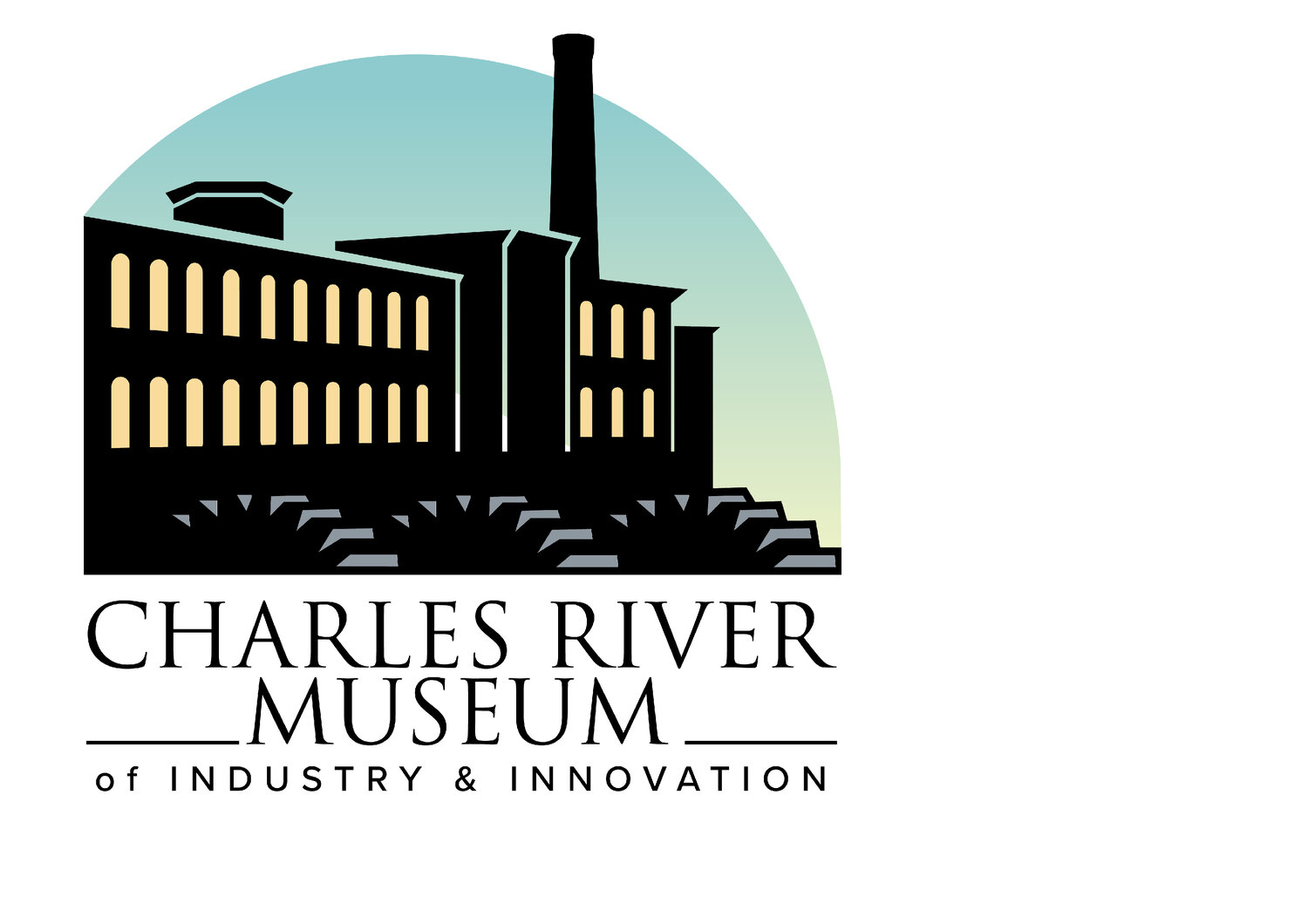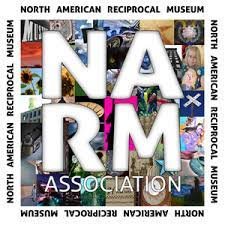Victorian Phone Booth
Booths of this period, 1880-1900, were highly decorated--note the columnar (classical style) relief bordering the main window and the side window (purely decorative, the side window serves no function).
These booths were found in hotels, drugstores, and banks and were accompanied by an agent who collected the money for each call.
Callers rotated a crank, alerting an operator. Some booths like this could be locked by an agent to make sure the caller did not leave without paying. Yet, as early as the 1880s, William Gray of Hartford, CT invented a coin-operated phone booth, soon eliminating the need for an agent.
The entry door is actually two doors which open in tandem, providing an effective degree of soundproofing from the sounds of the outside world.
A vintage brochure for a similar styled booth of the same era














